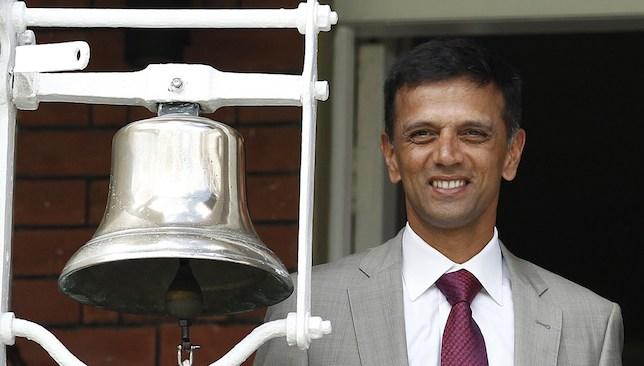
Behind every successful team, there is an army of individuals whose ultimate goal is to make success a habit. Some of them are directly involved with the team but many more work at different levels of the sporting structure, ensuring their cog works perfectly so that the whole machinery chugs along silently.
– Javed wants UAE involved in Pakistan T20 league
– Taylor and Williamson see NZ past England
– WIN one-month gym membership at FitRepublik
When it comes to a cricket team, support staff members of the senior team are the ones who have to directly deal with the repercussions of playing top class cricket. However, they operate at the highest level of the game where players arrive, generally, as finished products and only need minor adjustments to perform at optimum level.
It’s the level below which really matters as that’s where rough gems are polished and sent ahead to dazzle the world. Such systems are robust in countries like Australia, England and South Africa which can be seen in the quality of their cricket, at least in some formats, but that’s not the case when it comes to the financial centre of the sport – India.
Indians are extraordinarily passionate when it comes to star players and the national team. But they don’t have a lot of time for the levels below international stage. Domestic matches hardly ever see crowds of more than a couple of hundred, even if national players are playing in them. That attitude also permeates to other aspects of domestic cricket.
With Rahul Dravid Coaching India under 19 and India A It will be a Strong foundation for Indian future Cricket in both Cricket & Discipline
— Broken Cricket (@BrokenCricket) June 6, 2015
The support structure is not given as much attention as the national team gets and there is hardly any interaction between the national set-up and domestic teams when it comes to player management. But things are changing.
The Indian cricket board has taken two major decisions to bring in more efficiency to the way cricketers are handled. Firstly, they announced the formation of cricket advisory committee, which has some seriously high profile names in the form of Sachin Tendulkar, Sourav Ganguly and VVS Laxman.
The role of this committee is to act as a link between the cricketers and the board and give recommendations to the administrators for the betterment of Indian cricket. One of the first suggestions made by the trio was setting up of a pool of 30 bowlers – 15 pacers and as many spinners – who would be monitored and developed over a four-year cycle.
That was just one of the many ideas floated by the Big Three and it seems they have a lot more on their mind.
The second move undertaken by the board was the appointment of Rahul Dravid as the coach for India’s U-19 and ‘A’ teams. Dravid, who has great experience as mentor of the Rajasthan Royals IPL team, had earlier been approached for a position in the advisory committee, but he refused and said he was interested in a more hands-on role.
The BCCI obliged and the legendary No 3 batsman will now be in charge of young cricketers coming through the ranks. While it’s excellent to see big players being part of the system and helping the game attain more efficiency, one gets a feeling it’s Dravid who has the more arduous task and therefore is the more crucial part of the machinery.
What Tendulkar, Ganguly and Laxman basically have to do is recommend ideas to the board and get back to their own worlds.
Ganguly is the joint secretary of the Cricket Association of Bengal and has serious administrative issues to handle. Sachin has a lucrative association with the Mumbai Indians IPL franchise and is now busy organising a T20 league for retired cricketers. Laxman, however, doesn’t have a lot on his plate.
Dravid, on the other hand, has the job of turning teenagers into potential international stars. In fact, he asked the BCCI for a job where he could actually contribute directly. That’s typical Dravid.
When the four played together there were numerous occasions when the Test team needed a make-shift opener on overseas tours and it was always Dravid who ended up doing the job.
Even when the team needed someone to take up wicketkeeping in ODIs to accommodate an extra batsman, it was Dravid who wore the gloves. That readiness to do laborious work is evident in Dravid’s decision to go for the coaching job.
He has made it clear he is not interested in coaching the senior team and just wants to concentrate on the youngsters. And with such an outstanding mentor guiding them, it’s India’s U-19 and ‘A’ team members who stand to gain the most. It would have been better if Tendulkar, Ganguly and Laxman had taken on more responsibilities, but it’s their decision.
Having such outstanding cricketers in glorified administrative positions seems like a bit of a waste though. After a point, there won’t be many recommendations left to be made and then what? But thankfully, Dravid will be there to help the youngsters and those on the fringe. And if one had to pick a name to guide future India players, Dravid surely is the man